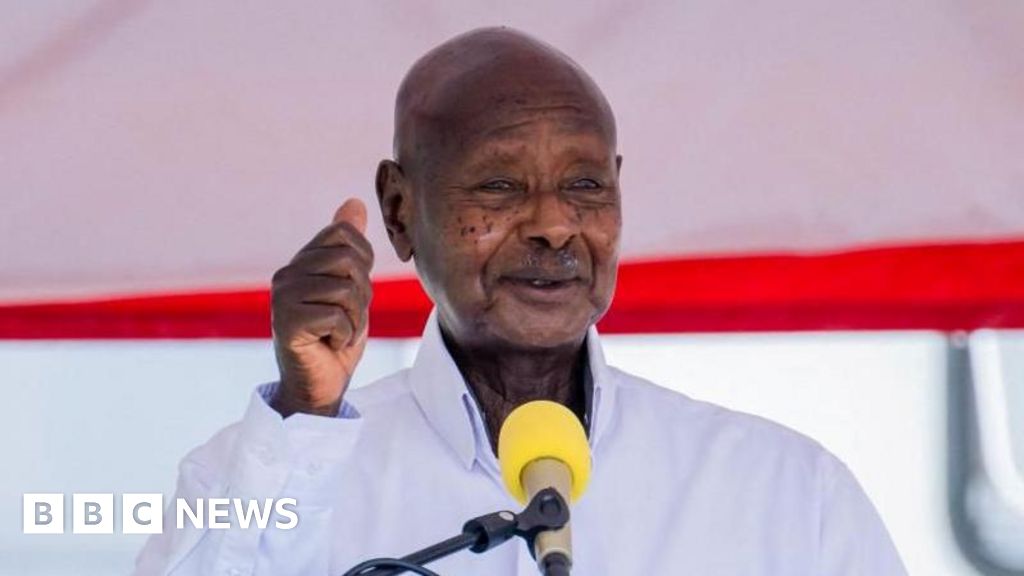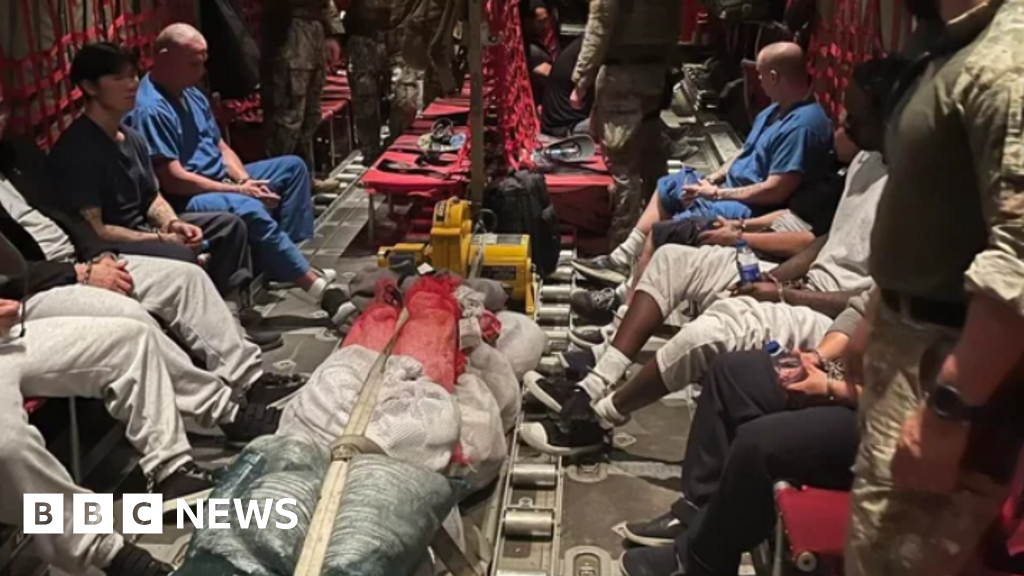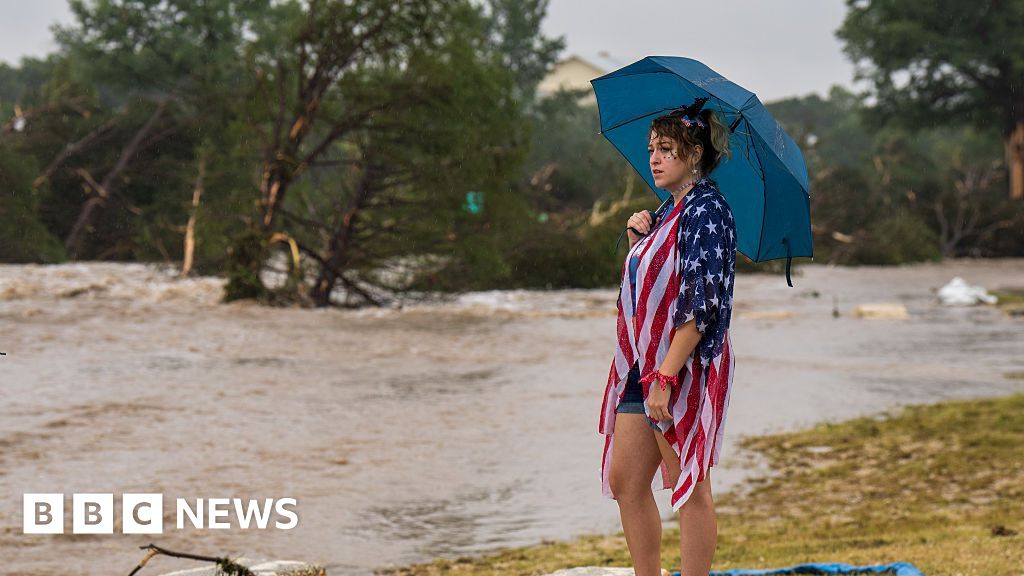For the first time in over a year, tens of thousands of Palestinians have reached their homes in the northern Gaza Strip, giving way to a mix of elation and despair.
On Tuesday, throughout Gaza City, people had emotional reunions with family members who had remained in northern Gaza during the war. But the return home was also shocking and depressing: Israel’s bombing campaign had flattened entire neighborhoods, making them barely recognizable piles of rubble.
“We’re overcome with joy — we’re finally in our neighborhood near friends and family after a year living on the sidewalk and the sand,” said Rajab al-Sindawi, 49, a salesman of secondhand clothing from Gaza City who had traveled to Rafah, Deir al Balah and Nuseirat after leaving the north. “But our home is gone and it feels like our future is gone, too.”
The mass return to northern Gaza began after Israeli troops withdrew from Gaza’s coastal road on Monday under the terms of the cease-fire between Israel and Hamas.
Israel had also struck a cease-fire deal with the Lebanese militant group Hezbollah, an ally of Hamas, and the White House announced that the truce would be extended until Feb. 18. But the fragility of the agreement has been on display this past week, including on Tuesday, when the Israeli military struck a truck and another vehicle in southern Lebanon that it said belonged to Hezbollah and were “transporting munitions.”
Lebanon’s state-run news agency reported, however, that the truck had been carrying only fruits and vegetables, and that passing civilians were among the dozens of people injured in the strikes.
Hundreds of thousands of Palestinians from northern Gaza had fled south at the start of Israel’s military offensive against Hamas. For nearly 16 months, they lived in tents, makeshift shelters, schools and the homes of friends and relatives.
For now, Mr. al-Sindawi, his wife and their seven children are staying at his parents’ home, which survived the war but lacks water and power.
As he walked for five hours on Monday from Nuseirat in central Gaza to Gaza City, Mr. al-Sindawi passed one demolished building after another, he said, which made him wonder how long Gaza would take to rebuild.
“The whole city is wrecked,” he said of Gaza City. “It will be years before we get our house back.”
The United Nations estimated on Tuesday that 376,000 Palestinians had returned to their homes in northern Gaza, a mass movement of people taking place even as Israeli troops remain stationed in the territory.
Northern Gaza was one of the places in the coastal enclave hit hardest during the war. It was where the Israeli military had focused its campaign in the initial aftermath of the Hamas-led October 2023 attack on southern Israel that left roughly 1,200 people dead and 250 others taken hostage. Israeli forces caused immense damage to apartment blocks, hospitals and schools — places Israel accused Hamas militants of exploiting for military purposes and using to hide among civilians.
With the ubiquitous destruction, northern Gaza badly needed tents and temporary housing units, according to Samah Hamad, the Palestinian Authority’s social development minister.
Tens of thousands of tents awaited Israel’s approval to enter Gaza, said Ms. Hamad, who has been involved in the Palestinian Authority’s efforts to send relief to the territory. While the authority, based in the Israeli-occupied West Bank, doesn’t control Gaza, it has some active employees there.
“These tents need to reach the people immediately,” she said in an interview.
Under the terms of the initial phase of the cease-fire deal, at least 60,000 temporary housing units and 200,000 tents are supposed to enter Gaza. COGAT, the Israeli government agency responsible for coordinating the delivery of aid to Gaza, said tens of thousands of tents had entered the territory in the past two weeks, including 15 truckloads to northern Gaza in the past day.
On Tuesday, Majed al-Ansari, a spokesman for the foreign ministry of Qatar, which has acted as a mediator in the cease-fire talks alongside Egypt, said there were challenges related to the kind of relief that was entering Gaza and the areas it was reaching.
“The entry of aid is not an easy issue,” he told reporters.
Thousands of trucks carrying humanitarian relief have entered Gaza since the start of the cease-fire, but aid workers have said that much more was needed to meet the needs of the population.
The cease-fire deal between Israel and Hamas hit some snags over the weekend, but Mr. al-Ansari said he did not believe there had not been a “real violation” of the agreement that could lead to an escalation.
On Monday, Anwar Abu Hindi, 41, walked for more than four hours from Deir al-Balah to reach her home in Gaza City, an exhausting journey that required frequent rests. Even though she described the devastation as being “beyond nightmares,” Ms. Abu Hindi said her spirits were still lifted by returning home.
“I can feel the atmosphere of my city,” she said. “The gentle breeze feels like it’s welcoming us back,” she added. “It’s a special moment, despite all the hardships.”
As Israeli and Hamas officials prepared for a new round of negotiations aimed at cementing the cease-fire and allowing more exchanges of hostages and Palestinian prisoners, President Trump’s Middle East envoy, Steven Witkoff, was scheduled to meet Prime Minister Benjamin Netanyahu in Israel on Wednesday, according to a spokesman for Mr. Netanyahu.
Mr. Witkoff played an important role in brokering the initial cease-fire deal, teaming with officials from the Biden administration, Qatar and Egypt.
Mr. Witkoff was also expected to visit the Gaza Strip during his trip. “We have to make sure the implementation goes well,” he told Fox News last week.
His planned visit is coming amid continued bouts of violence.
In southern Gaza, the Israeli military said in a statement on Tuesday, troops fired warning shots toward “suspects who were moving toward them and posed a threat to them.”
“After the suspects continued moving toward them, additional shots were fired in order to remove the threat,” the statement continued. “Hits were identified,” it said, without elaborating on the condition of those who had been fired upon.
And along the southern Lebanese border, more than 20 people have been killed and over 100 wounded in recent days.
The two Israeli airstrikes on Tuesday struck near the southern Lebanese city of Nabatieh, injuring at least 24 people, according to Lebanon’s health ministry.
Lebanon’s caretaker prime minister, Najib Mikati, condemned the latest strikes, calling them a “flagrant breach” of the cease-fire agreement that ended the deadliest war between Israel and Hezbollah in decades.
Israel and Hezbollah have repeatedly accused each other of violating the terms of the truce deal that went into effect in November. Despite the agreement’s calling for the withdrawal of Israeli forces, they have remained in Lebanon, fomenting more tension.
Reporting was contributed by Bilal Shbair, Johnatan Reiss, Euan Ward and Thomas Fuller.
Source link














